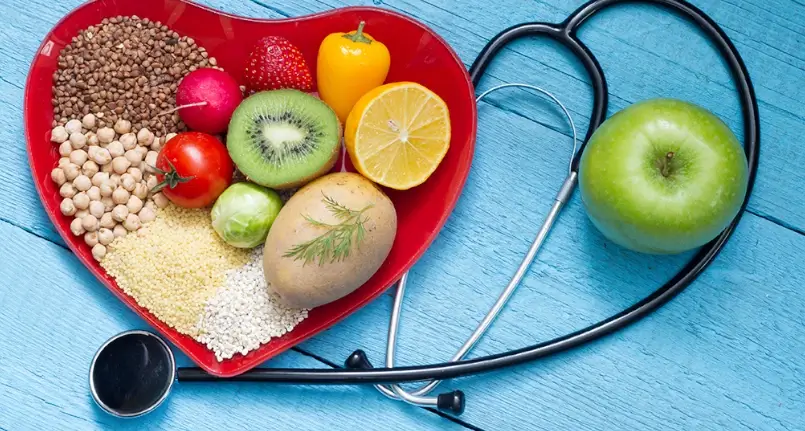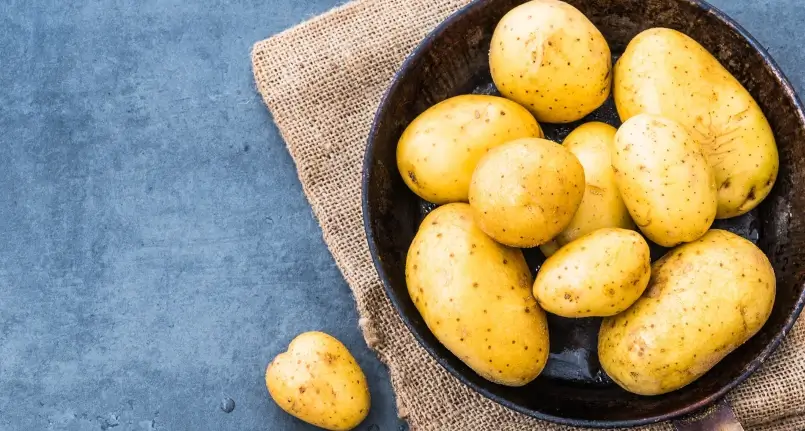Hypertension: fight it with foods rich in flavanols
The British study
People who consume foods and drinks rich in flavanols , including green tea , apples and berries , would experience significant benefits to the cardiovascular system and a significant lowering of blood pressure . In addition to an important range of benefits for the whole organism.
Many benefits, especially in the brain, are given by the flavonols contained in cocoa .
The results of the first study using objective measurements of the diet of thousands of residents in the United Kingdom, published in Scientific Reports, have highlighted the incidence of certain foods present in the daily diet of 25,000 Britons with their blood pressure .
A study in which nutritional biomarkers were used to investigate bioactive compounds: unlike most other studies investigating the links between nutrition and health, the British researchers did not rely on study participants reporting their eating habits, but they measured flavanol intake objectively using nutritional biomarkers – indicators of dietary intake, metabolism or nutritional status that are present in the blood .
The epidemiological study by British researchers, the first to have objectively investigated the correlation between a specific bioactive compound and health, has shown that there is a significant association between the consumption of foods rich in flavanol and the lowering of blood pressure.
What are Flavanols?
Flavanols are secondary metabolites produced by plants, a subset of a larger category of chemicals called flavonoids . Present in various plant species, these fundamental phytonutrients are able to amplify the beneficial properties provided by foods that contain them in modest quantities.
Catechins , for example, a class of flavanols present in various foods and beverages, exert an antioxidant and cardioprotective action . Flavanols have many beneficial properties, they are able to have a positive effect on blood circulation, in particular by protecting the small venous vessels , and contribute to the proper functioning of the liver .
Furthermore, the flavanols would be able to reduce the oxidation of cholesterol , a process that involves an increased risk of cardiovascular diseases . Generally, this fundamental substance for the well-being of the organism is mostly found in the peel and seeds of fruit and vegetables . The need for flavanol varies according to the diet. According to some research, in much of Europe the average intake is 50mg per day. Many foods that help prevent atherosclerosis are high in antioxidants and flavonoids.




